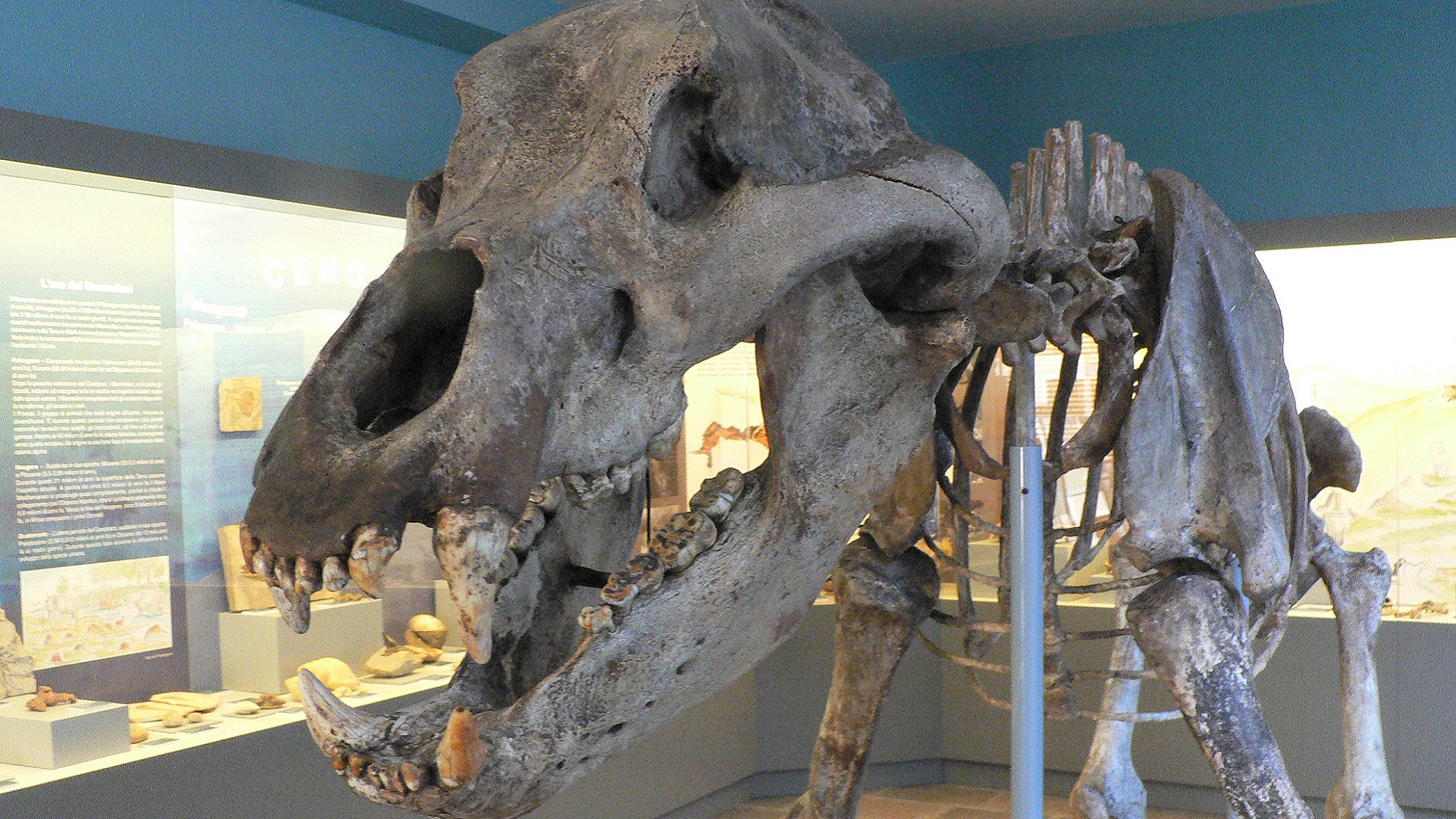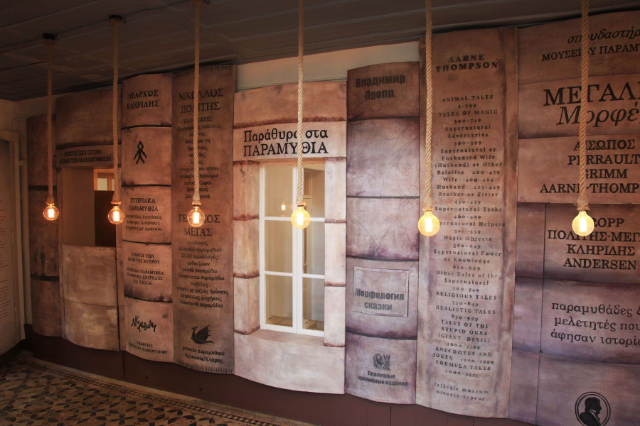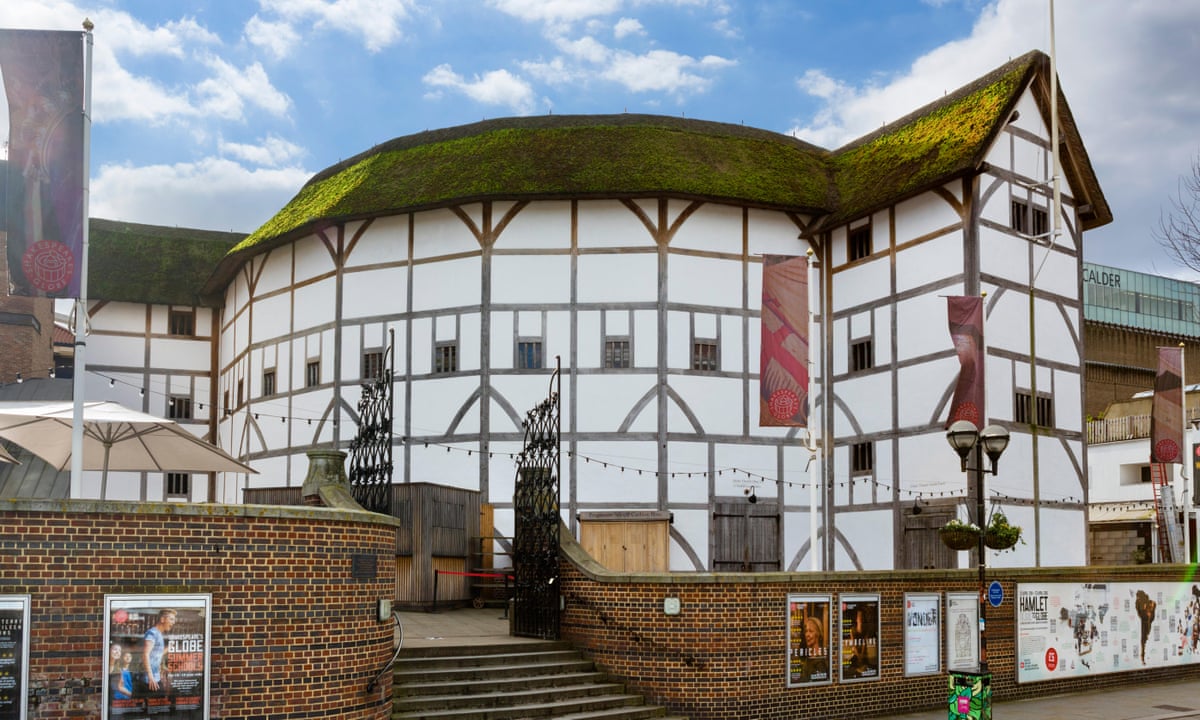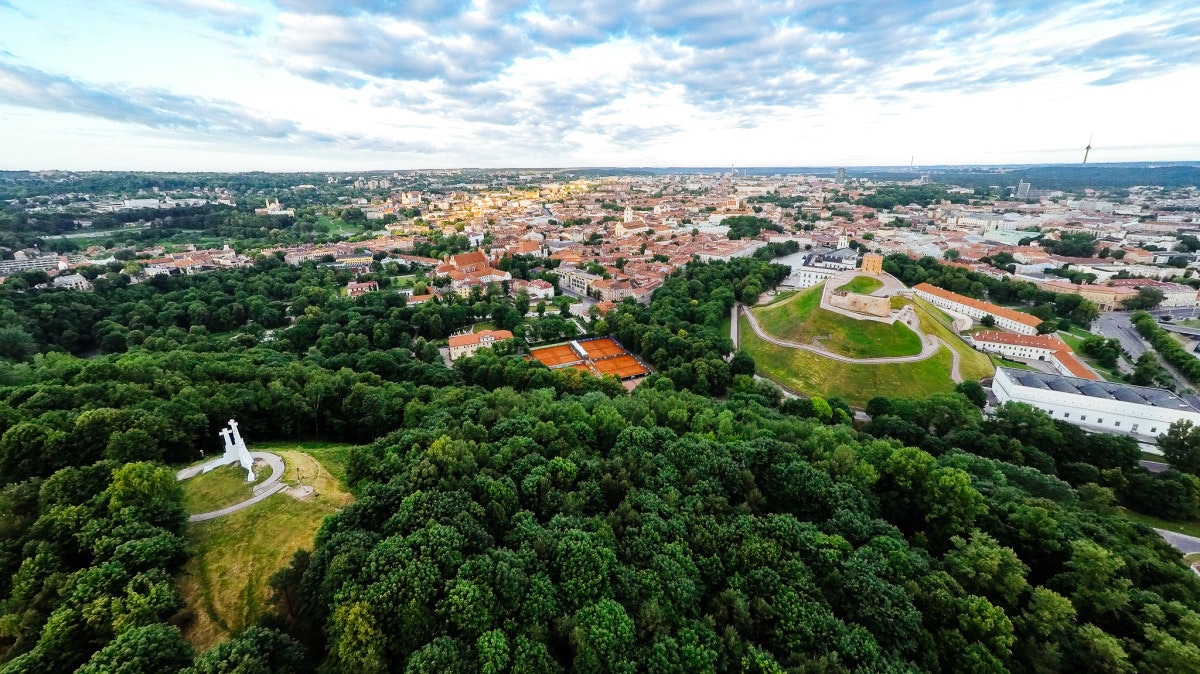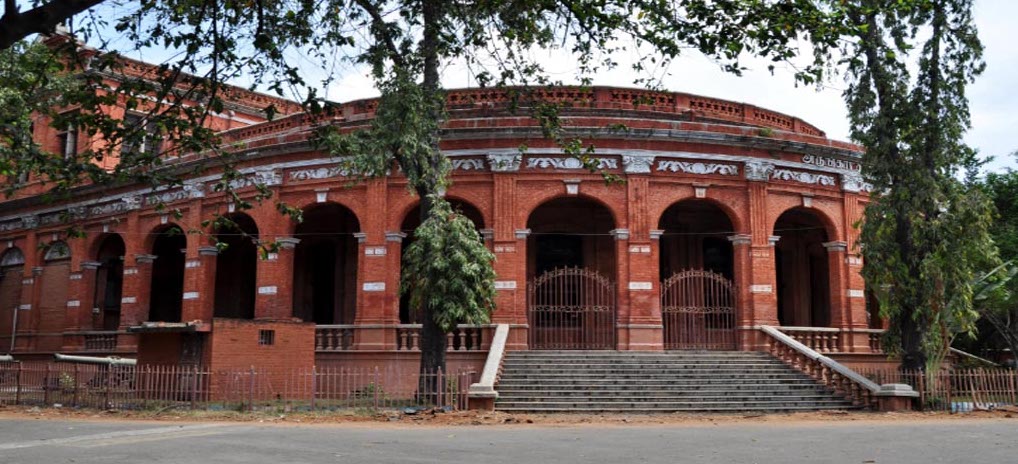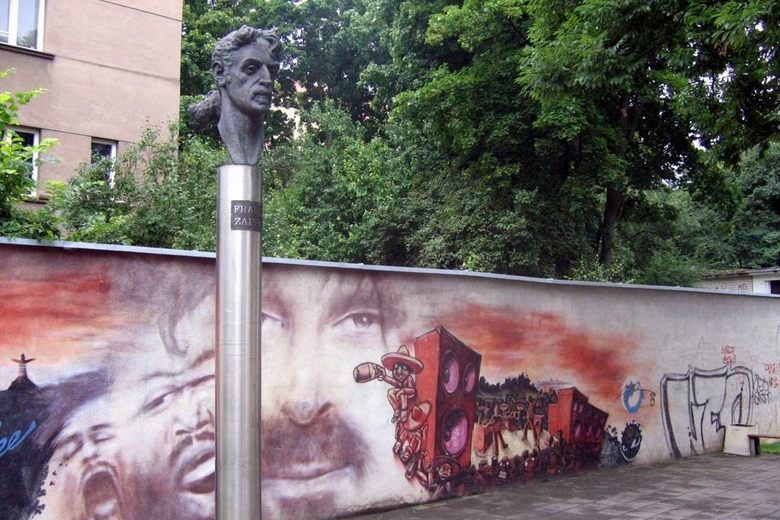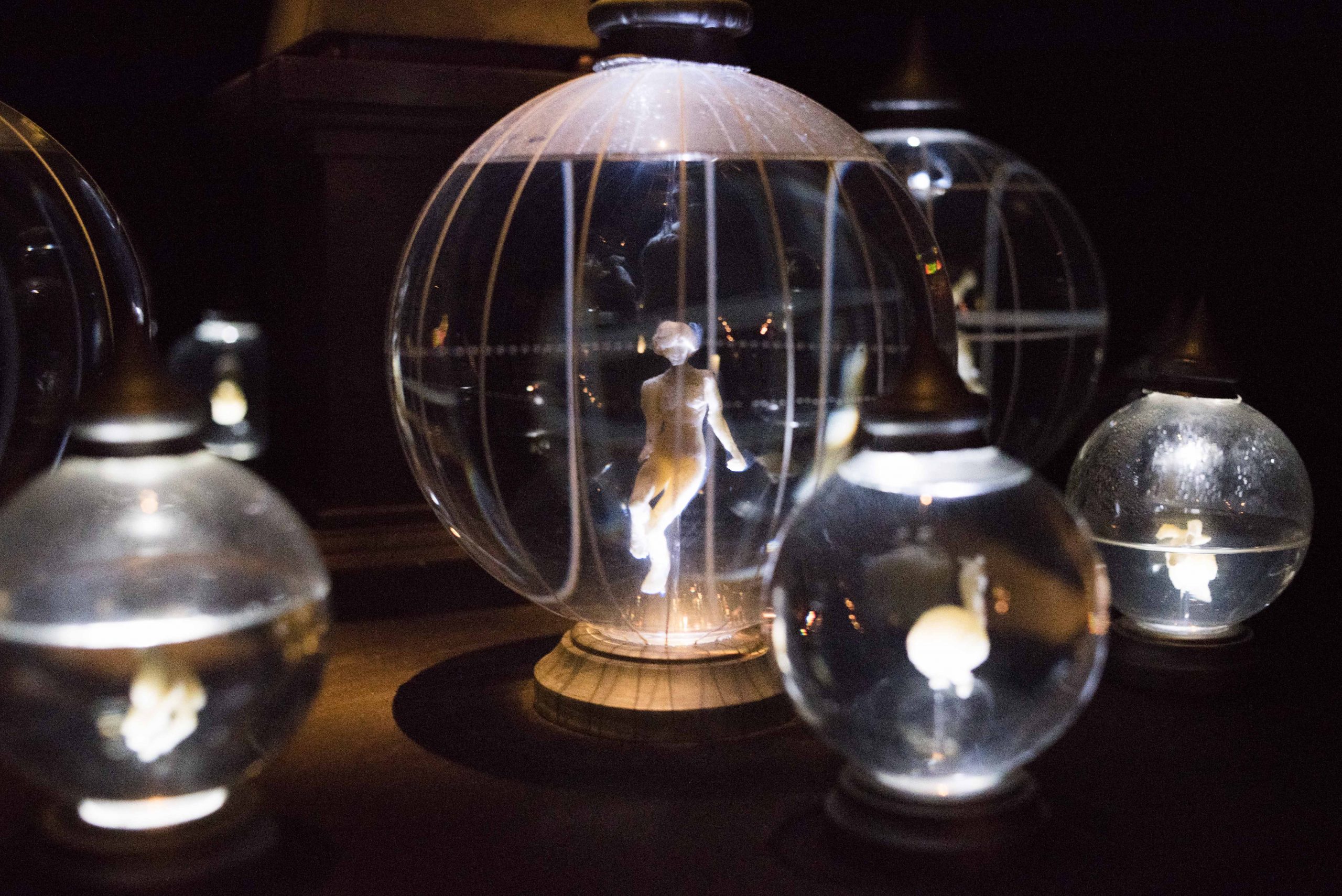The Archaeological Museum of the Valle Sabbia was founded in 1956 and housed in a 15th century building in the historic centre of Gavardo. The museum was founded in 1956 by the "Gruppo Grotte Gavardo" and later sold to the Municipality. The museum offers the visitor an overview of the history of the Valle Sabbia and the western Gardesana area. Through its rooms you can retrace the history of man from the Middle Palaeolithic (100,000 years ago) to the post-Renaissance period. The exhibition, currently under revision, offers a selection of the findings of the territory, from the Pleistocene fauna of the Buco del Frate, with the complete skeleton of Ursus spelaeus, to the materials of the 17th century military camps of the Faita, focusing on the main contexts, such as the extraordinary complex of Monte Covolo, a settlement that lasted from the late Neolithic to the Middle Bronze Age, or the Colle San Martino di Gavardo, inhabited from the Old Bronze Age to the High Middle Ages. One room is dedicated to the lake-dwelling site of Lucone di Polpenazze, dating back to the Bronze Age, from which finds in organic material come, such as wooden sickles and linen fabrics, numerous ceramics, terracotta objects, such as the famous enigmatic tablets, in bronze and horn-bone, as well as a monossil pirogue whose cast is preserved. For the Roman age, the rich necropolis of Lugone di Salò stands out, with both cremation and burial tombs and trousseaus ranging from the 1st to the 4th AD, including the famous figurative water bottle. The new route will display complexes such as the prehistoric necropolis of Corna Nibbia di Bione and the Roman settlement of Castel Antico di Idro. The museum promotes the study and dissemination of the archaeology of the Valle Sabbia, with the organization of conferences, exhibitions and the periodic publication of its Annals. I
